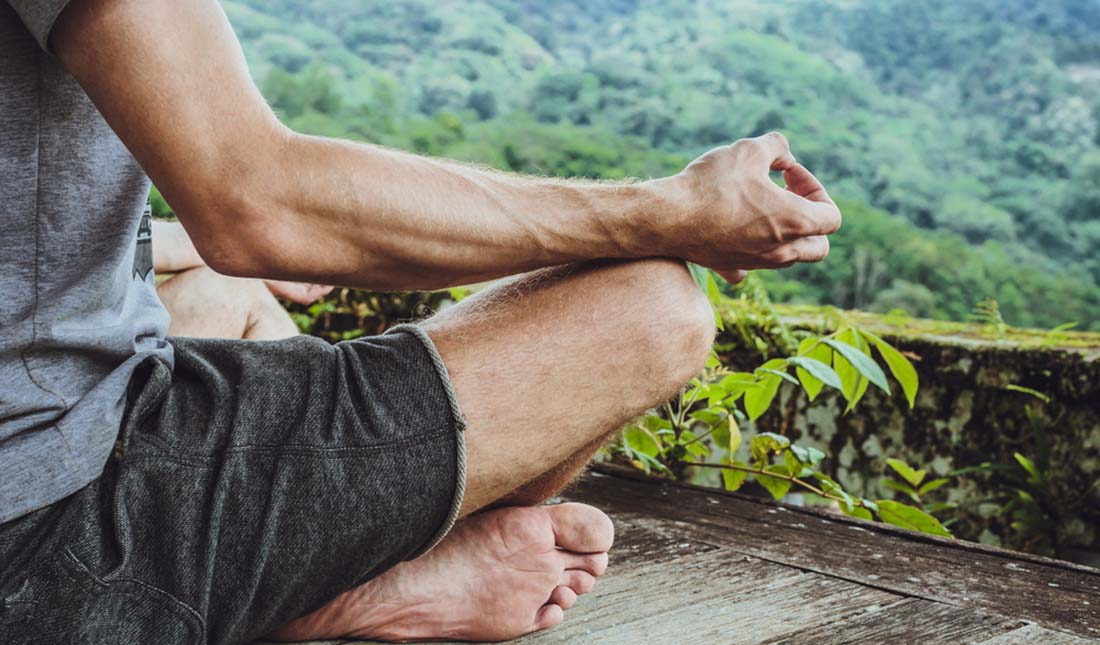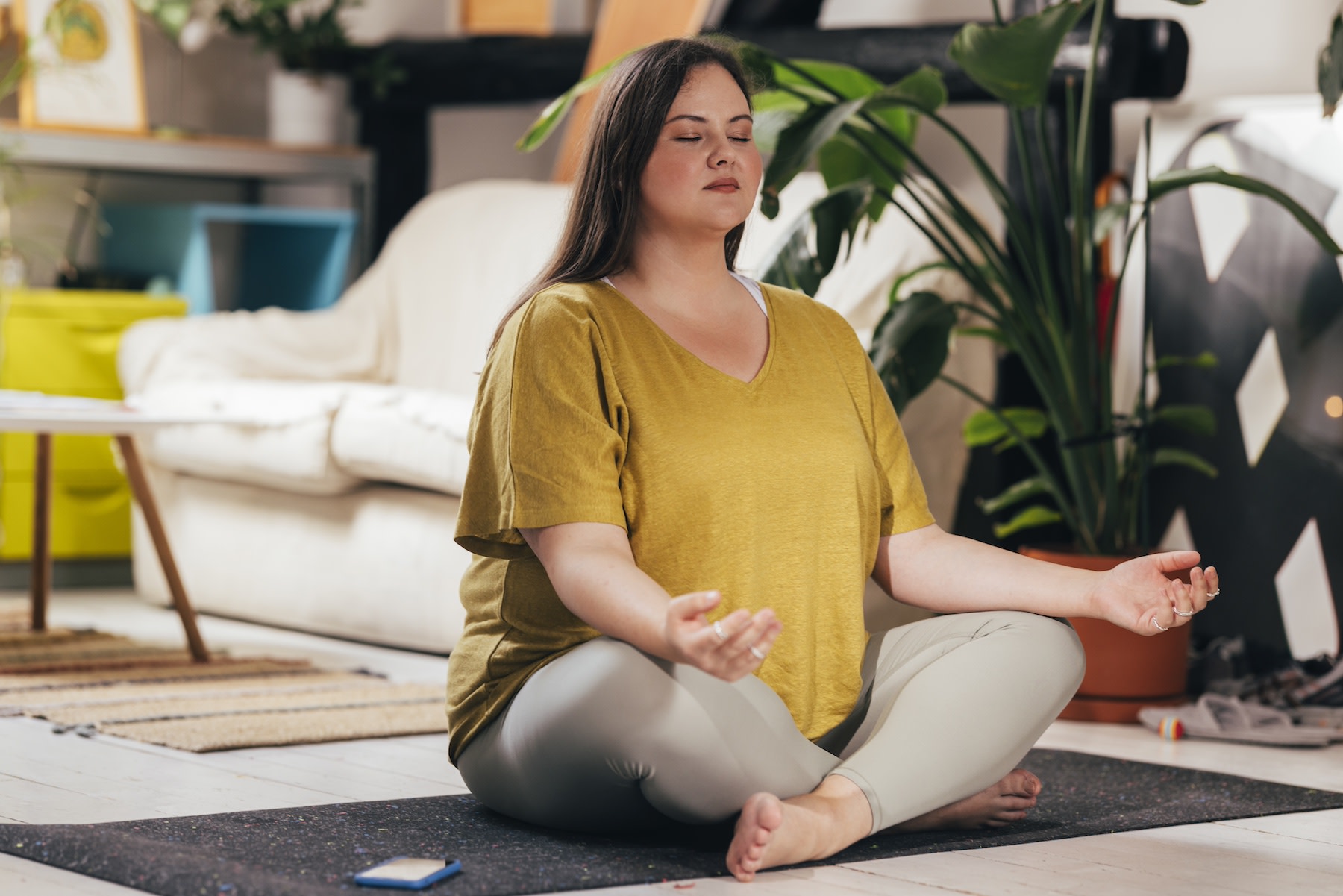Discover Effective Strategies on How to Meditate? for Beginners
Discover Effective Strategies on How to Meditate? for Beginners
Blog Article
How to Meditate: A Step-by-Step Approach to Achieving Mindfulness and Calmness
Meditation works as an effective tool for accomplishing mindfulness and emotional calmness in a fast-paced world. By recognizing the fundamental concepts and techniques associated with reflection, individuals can grow a practice that improves their overall health. This conversation will certainly outline essential steps, from producing a helpful atmosphere to incorporating reflection right into daily routines. As we discover these parts, it becomes clear that the journey to mindfulness is not simply regarding the act of resting in silence, yet instead about fostering a deeper connection with oneself and the world around us. What might this improvement involve?
Comprehending Meditation
Comprehending reflection includes understanding its fundamental principles and methods, which act as the structure for the technique. At its core, reflection is a psychological exercise aimed at promoting leisure, constructing inner power, and establishing empathy and insight. The practice encourages people to concentrate their interest, commonly with methods such as deep breathing, visualization, or mantra repetition.
Reflection can be classified into various designs, consisting of mindfulness, transcendental, and loving-kindness meditation, each with distinct objectives and techniques. Mindfulness reflection highlights present-moment awareness and non-judgmental monitoring of sensations and thoughts, while copyright entails making use of particular mantras to go beyond common mind. Loving-kindness meditation focuses on creating a mindset of love and compassion in the direction of oneself and others.
Despite the technique used, the main goal stays consistent: to grow a deeper understanding of the mind and its patterns. This self-awareness cultivates psychological resilience, quality of thought, and a profound feeling of calmness (How to meditate?). By understanding these methods and principles, individuals prepared for a successful reflection method that can dramatically improve their total wellness
Planning For Your Method
Before beginning your meditation technique, it is essential to produce a setting helpful to focus and relaxation. Make certain that the location is totally free and clean of clutter, as a neat setting can aid clear the mind.
Consider the illumination, as all-natural light can improve your state of mind and power. Soft, cozy lights is often much more soothing than extreme fluorescent lights. In addition, pick a comfy temperature level, guaranteeing that you are neither too hot nor too chilly.
Integrating aspects that promote harmony can better boost your experience. This could consist of soft paddings or coverings for convenience, in addition to soothing fragrances from vital oils or incense. It can likewise be useful to have a timer set for your meditation session to avoid interruptions from clock-watching.
Fundamental Meditation Techniques

One more efficient method is body scan meditation. This entails emotionally scanning your body from head to toe, discovering any kind of areas of tension or pain and purposely unwinding those muscle mass. This technique fosters a deeper connection in between your body and mind.

Lastly, loving-kindness reflection concentrates on cultivating concern in the direction of yourself and others. Silently repeat expressions of goodwill, enhancing psychological wellness and interconnectedness. Each of these techniques functions as a structure for your meditation trip, enabling you to find the approach that resonates best with your individual method.
Maintaining Emphasis and Mindfulness
:max_bytes(150000):strip_icc()/GettyImages-938890492-becc3fc4757849bea672f148454943f9.jpg)
Establishing a specialized reflection room can boost the capacity to keep mindfulness. A silent, minimalist setting minimizes distractions, enabling deeper immersion in the practice. Additionally, setting a time limit can help take care of assumptions; beginning with shorter sessions may ease the transition right into longer techniques.
Utilizing methods such as body scanning or observing feelings can likewise boost mindfulness. These techniques encourage practitioners to remain present and engaged with their physicality, securing their focus in the moment. Regular practice is necessary; the brain develops resilience with time, producing a stronger capability for emphasis.
Incorporating Meditation Into Day-to-day Live
Including meditation right into life can change routine tasks right into chances for mindfulness and self-reflection. By integrating mindfulness techniques into typical tasks, people can cultivate a greater feeling of existence and tranquility in the middle of the busyness of day-to-day life.
Begin by recognizing moments throughout your day where you can pause and exercise mindfulness. For example, throughout your morning commute, emphasis on your breath or the feelings of the environment around you. In the kitchen area, strategy cooking as a meditative method, savoring the structures, colors, and scents of the ingredients. Even ordinary activities like strolling or washing recipes can become chances for reflection by guiding your use this link attention to the experiences of movement and the noises bordering you.
In addition, setting aside specialized times for reflection can reinforce its method. Begin with brief sessions, progressively increasing duration as you end up being a lot more comfy. Usage reminders or hints-- like a details time of day or a calming sound-- to establish consistency.
Ultimately, the goal is to weave mindfulness into the material of everyday life, enabling you to approach each moment with intent, consequently improving your general sense of well-being and clarity.
Conclusion
In conclusion, efficient meditation calls for a quiet environment, a comfortable position, and a focus on the breath. Normal link meditation, even in quick sessions, fosters a much deeper link to the present moment, inevitably leading to better tranquility and mental quality in everyday life.
Meditation can be classified into different designs, consisting of mindfulness, transcendental, and loving-kindness reflection, each with distinctive functions and methodologies. Mindfulness meditation emphasizes present-moment awareness and non-judgmental observation of feelings and ideas, while transcendental reflection includes the use of specific rules to transcend normal thought processes.With your meditation area prepared, it's time to explore numerous basic meditation methods that can assist cultivate mindfulness and internal peace.Consistently preserving emphasis and mindfulness during meditation can be challenging, specifically for those new to the technique.Developing a devoted reflection room can enhance the capability to preserve mindfulness.
Report this page